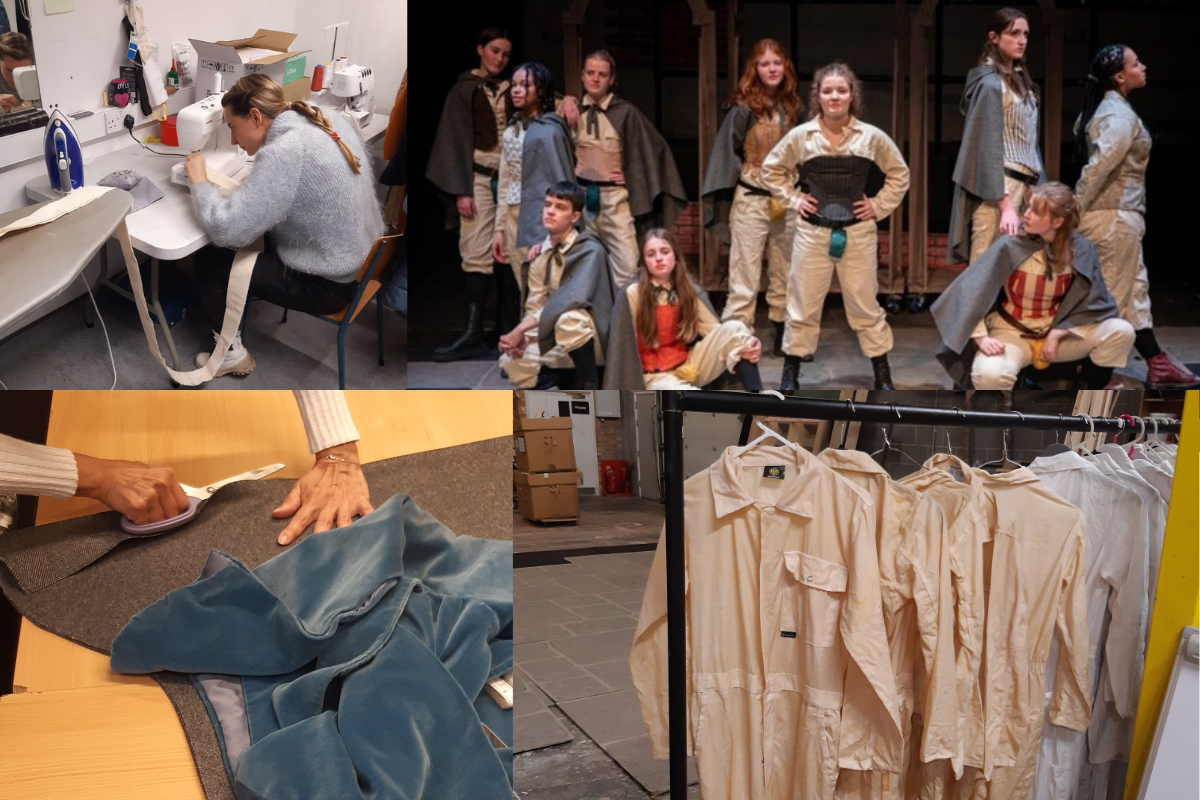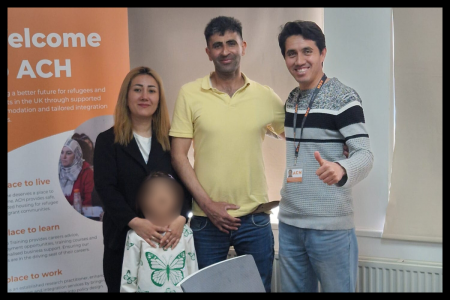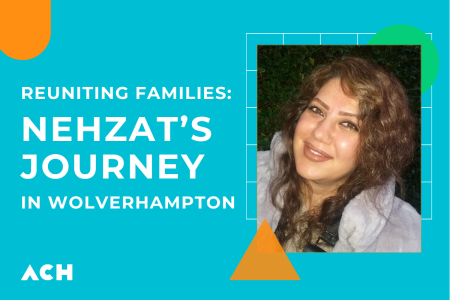
Sewing the Scene at Bristol Old Vic
Over the last two years, we have collaborated with Bristol Old Vic on multiple projects. We have run two projects focused on food and drink, coming up with a flavoured cordial drink product and homemade pickled recipe, collaborating to host more than ten craft fairs supporting refugee and migrant-led businesses, as well as supporting well over 50 women in the 2-year process.
After engaging with so many women across a wide range of projects, we found that there were mainly two things that bonded the women: food and sewing. As we had already run two food and drink projects with Bristol Old Vic, as well as our long-running Accelerated Cooking and Entrepreneurship course in collaboration with Co-Exist Community Kitchen, Bristol Old Vic expressed interest in finding ways to engage the community in sewing, which led to the creation of our latest project, Sewing the Scene.
This exciting new project incorporated the talents of local women from refugee and migrant backgrounds into costume design and theatre. Over the course of the 8-week work placement, three women assisted the costume designer in creating historically accurate 17th-century costumes and accessory pieces to be used in performances of The Roaring Girl.
The Roaring Girl is an English play written circa 1607. It is a fictionalised version of the life of Mary ‘Mol’ Frith. She was a notorious thief who dressed in men’s clothing and smoked a pipe, which was very unusual for a woman at that time.
The three experienced dressmakers set out to learn as much as they could about the historical setting of the play, visiting the Bath Fashion Museum, the University of Bristol Theatre Collection, and charity shops to get the inspiration and fabric needed to create accurate costumes.
Producer of the project, Hatty Welsh, Heritage Participation Assistant, commented:
‘I’m in awe of the work that’s been produced. Bristol Old Vic have been very lucky to have such skilled, generous and lovely makers working on The Roaring Girl.’
After doing their historical research, the three women worked together to create neck ruffs, codpieces and detailing the boilersuits which would be used in the performance.
One of the project participants, Tetyana Ustich, who started sewing when she was just 12 years old and now owns her own handmade children’s clothes business, Twinkle Leo, spoke about her time on the project:
“It was a great experience to make clothes for the show in the oldest theatre in Bristol and also be immersed in the atmosphere of the middle age.”
Munira, another participant with over 15 years of dressmaking experience and, more recently, of making and selling handmade tote bags, said:
“I enjoyed the project very much; it was a great project, especially the museum that we went to see things from the past years. It was very pleasant for me to see them.”
During the showing of the Roaring Girl, which took place from the 10th-13th of January for five shows, Sewing the Scene participant Susy was able to work behind the scenes during the performance to attend to the needs of the performers in real time. Similarly to the other women, Susi came to the project with a long background in sewing, starting when she was 10 years old by making clothes for her dolls and then for herself. Susi said:
“The experience I had thanks to this project was very interesting for me. I had the opportunity to access a workplace where it would have been difficult for me to get to know. I am really grateful to ACH and Bristol Old Vic for being able to do this.”
After completing the project, the women will be able to use their perfectly polished sewing skills and newly developed portfolio to apply for freelance production roles at Bristol Old Vic and beyond!
If you are interested in sewing and would like to explore where it could take you, contact Eloise.clemmings@ach.org.uk to find out more. Alternatively, if you have an opportunity to offer which you think may benefit people from a refugee or migrant background, please also get in touch.
An exhibition about the project, curated alongside the participants, will be featured in the Pit Passageway in March 2024.
This project was funded by Unscripted, a National Lottery Heritage-funded project. The women are supported by ACH under their Green Growth Accelerator Project.


